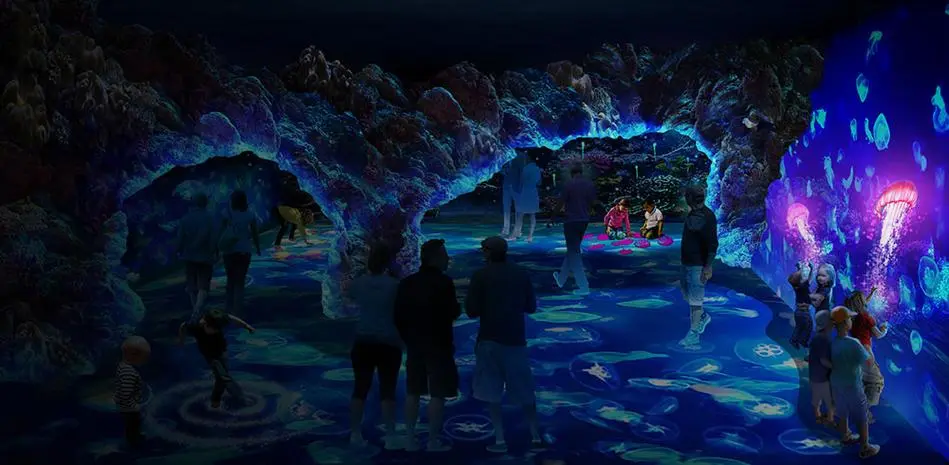LiDAR technology is playing a crucial role in the development of smart cities, enhancing multimedia interaction through accurate 3D mapping and spatial data. By integrating LiDAR into urban infrastructure, cities can offer more interactive and efficient services to residents.

Introduction to LiDAR in Smart Cities
LiDAR captures detailed 3D spatial data by emitting laser pulses and measuring their reflections. In smart cities, LiDAR is used to create accurate maps of urban environments, which can be used for various applications, including navigation, urban planning, and public information systems.
Applications in Urban Planning
LiDAR data is invaluable for urban planning, providing detailed maps of existing infrastructure and terrain. This information helps city planners design and implement new projects, such as roadways, public spaces, and building developments. Accurate 3D models also assist in visualizing the impact of new projects on the existing urban environment.
Interactive City Guides
LiDAR enhances interactive city guides by providing accurate spatial information. For example, city guide apps can use LiDAR data to create detailed 3D maps of urban areas, offering users interactive navigation and information about landmarks, services, and points of interest.
Public Safety and Efficiency
LiDAR can also improve public safety and efficiency in smart cities. For instance, LiDAR data can be used to monitor traffic patterns and identify areas prone to congestion or accidents. This information can help city officials implement traffic management solutions and improve overall transportation efficiency.
Challenges and Solutions
Integrating LiDAR into smart city infrastructure presents challenges, such as managing large volumes of data and ensuring compatibility with existing systems. However, advancements in technology and data management solutions are addressing these challenges, making LiDAR more feasible for smart city applications.
Future Developments
The future of LiDAR in smart cities is promising, with ongoing advancements in technology and applications. As LiDAR sensors become more advanced and affordable, their use in urban planning and public services is expected to expand, offering new opportunities for smart city development.
Conclusion
LiDAR is enhancing multimedia interaction in smart cities by providing accurate 3D mapping and spatial data. Its applications in urban planning, interactive city guides, and public safety are setting new standards for smart city development, with exciting prospects for the future.


